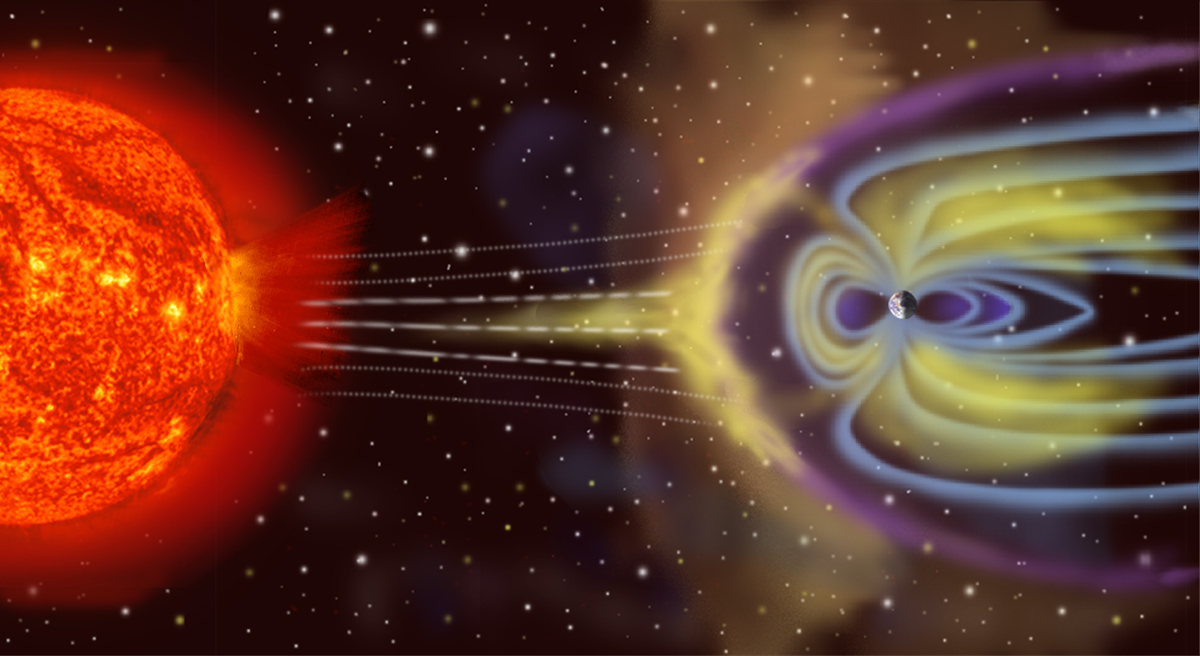The outburst happened during the lazy tail end of Solar Cycle 15, an unremarkable cycle that was almost over in 1921. Sunspot numbers were low--but it only took one. Giant sunspot AR1842 appeared in mid-May and started flaring, hurling multiple coronal mass ejections (CMEs) toward Earth. In those days scientists had never even heard of "CMEs," so they were completely surprised when the clouds of plasma arrived.
As one CME after another struck, Earth's magnetic field swayed back and forth, rippling with energy. Fires were a direct result. Physics 101: When a magnetic field changes rapidly, electricity flows through conductors in the area. It's called "magnetic induction." Early 20th century telegraph lines suddenly found themselves buzzing with induced currents. In Sweden and New York, wires grew so hot they ignited telegraph papers and other combustibles.



